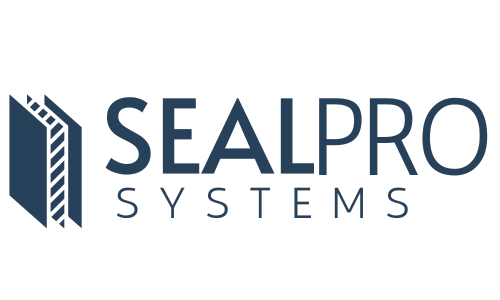Comparison of Common Types of Insulation
Spray foam insulation, while often more expensive than its counterparts, has a number of key benefits that make it an attractive option for many applications. These include:
Energy Efficiency:
Spray foam has a high R-value per inch (around R-6 to R-7.1), which measures thermal resistance. This means it offers superior insulation performance, potentially leading to significant energy savings in the long run.
Air Sealing:
Unlike some other types of insulation, spray foam expands to fill gaps, cracks, and crevices where it's applied. This makes it very effective at sealing leaks and preventing air infiltration, which can help improve indoor air quality and reduce energy costs.
Moisture Barrier:
Because it creates a strong seal, spray foam insulation can also act as a moisture barrier, helping to prevent problems associated with moisture infiltration, such as mold growth and structural damage.
Noise Reduction:
Spray foam insulation can help reduce noise transmission between rooms or from the outside, contributing to a quieter indoor environment.
Structural Reinforcement:
In some cases, closed-cell spray foam insulation can add structural integrity to walls where it's applied, providing an extra layer of support.
Long Lifespan:
Spray foam insulation is durable and typically lasts as long as the building itself, which can make it a cost-effective solution in the long run.
